All posts by JM
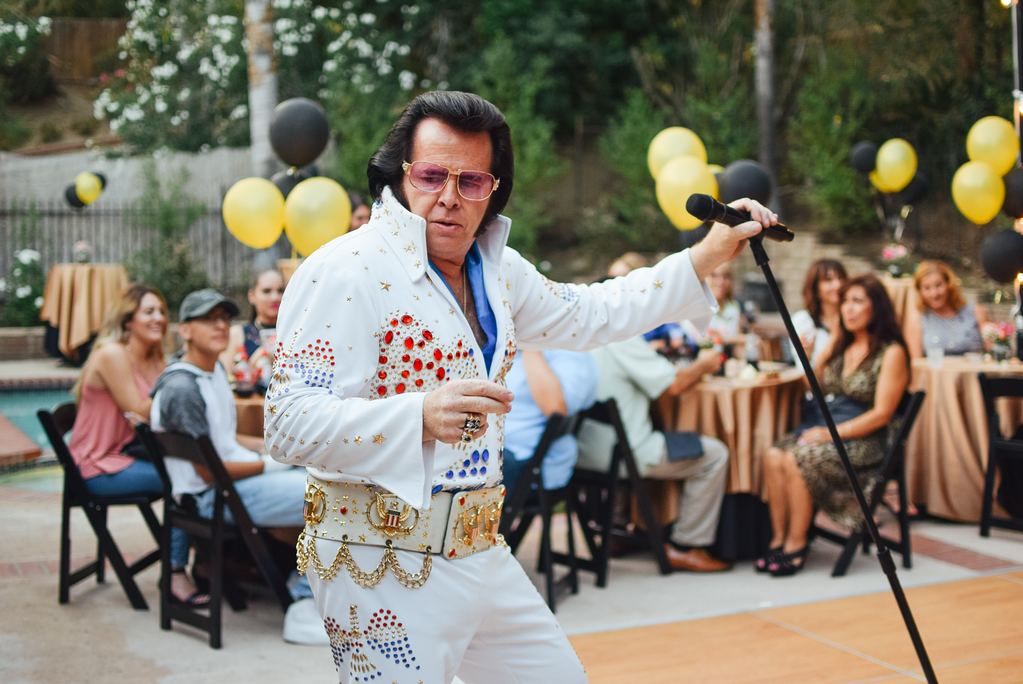
How to DJ a Great Wedding
Wedding DJs probably make more money than 90% of club DJs out there. If you just got invited to DJ a wedding, or are considering to become a wedding DJ, here are a couple of pointers for you.
Forget beatmatching. The music played on a typical wedding is so diverse that no one expects you to beatmatch or do those 1-minute blends. The fade-out/fade-in and the simple cut are the only mixing techniques you’ll ever need.
Diverse music collection. DJing weddings requires knowledge and appreciation of all kinds of music – from Sinatra to jazz to Motown to disco and then to the 80s classics. It may be too late a week before the event, but you really need to expand your horizons (and music collection) beyond your favorite EDM style to DJ a wedding well.
Two types of wedding music. These are cocktail/dinner and dance. Think of the dinner stage as a warm-up. You start with familiar, cross-generation songs and build up the energy until the guests are ready to hit the dancefloor. And then you play a mix of dance classics and current hits for the younger crowd.

The Art of Announcing Yourself
When you come after another DJ, you can play it safe and simply mix out of their last tune. It’s OK, but if you’re reasonably confident of yourself, why not make people aware of your entrance? And no, I don’t mean jumping on the mic and shouting your name; announce yourself with music.
Here’s how.
Play a distinctive tune. Play a track that instantly reveals your style and tells the floor who’s behind the decks. Make the change in music tell them who’s in charge now. With this approach, it’s still all right to mix out of the previous DJ’s last tune, provided your music will do the talking.
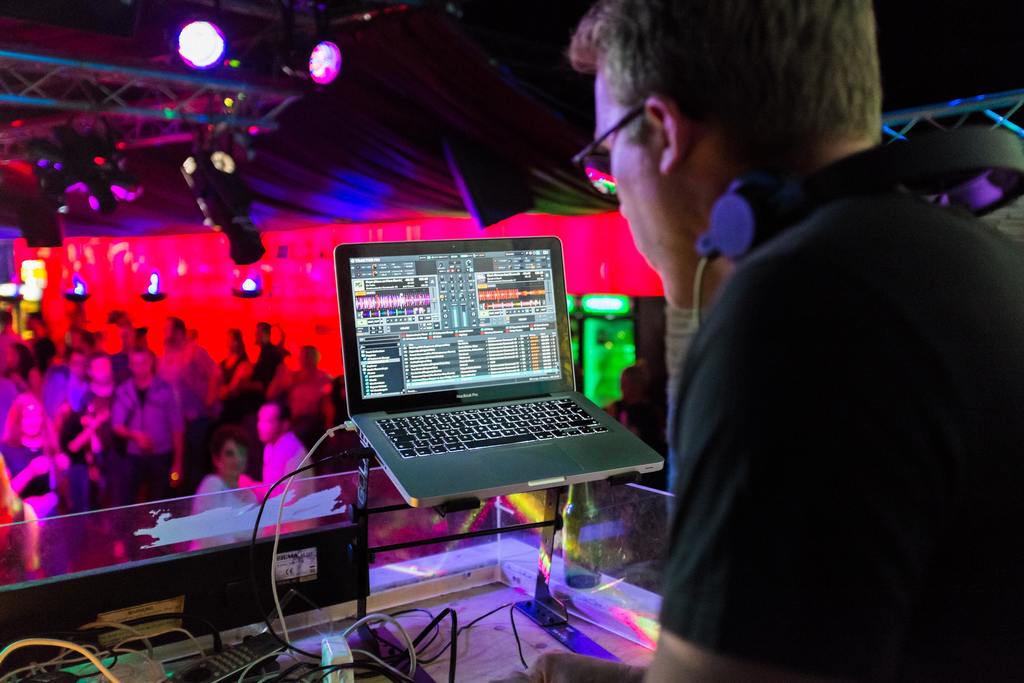
How to Decide What Track to Play Next When DJing
The question of choosing the next track to play may actually be more important than it seems. The thing is, it’s pretty much equal to “How to be a good DJ” – because DJing is all about the programming, i.e. choosing the right record for this exact moment.
Programming is what makes DJing an art form, and that’s something that you are only going to learn by playing out. As you subconsciously catalog the crowd’s reactions to each track, you become better and better in using music to evoke certain moods, trigger memories or associations in your listeners.
Actually, thinking of tracks in terms of moods helps greatly in choosing the next tune to play. Ask yourself these questions: What is the tune’s energy level? And, what feelings does it create – in others, not just you? Then try to decide how appropriate it would be for right now.
Subscribe to This YouTube Channel
This guy has been posting DJ video tutorials since 2006 and he’s responsible for teaching maybe tens of thousands of folks out there how to DJ. Moreover, he’s cool, down to earth and likes wearing funky hats. Subscribe to his channel right now!
https://www.youtube.com/channel/UCr3_EE6O_eA71X2quaKvziw
Tip: Click the search icon on the channel page to search ellaskins’ videos on a particular DJ topic. You’ll thank me later!
Have you watched ellaskins’ videos before? What’s your favorite one? Let me know in the comment section below.
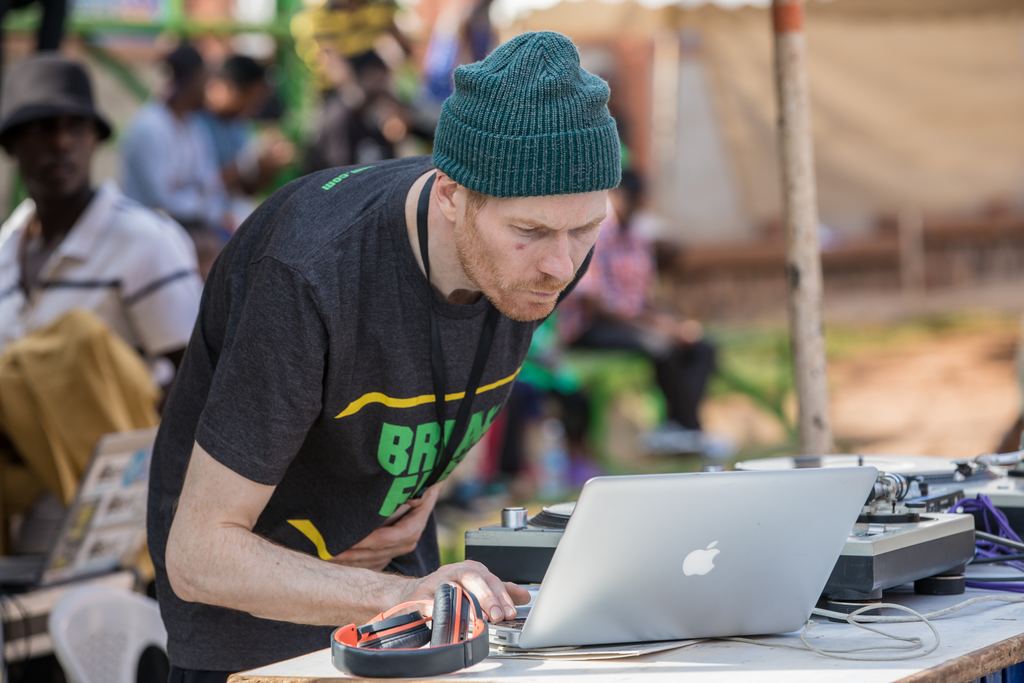
6 Tips for Organizing Your DJ Music Library
Back when I was DJing with vinyl, I packed my record box for the gig and those 100 or so records was all I had for the night. There was always the risk of leaving a couple of great tunes at home, but in return, I could keep mental track of most of the records in my box and quickly sift through all of them if I needed to.
Digital DJing is different. You get to carry all your music with you, but in return, finding that tune to put on next suddenly becomes much harder. It’s clearly not an option to go through hundreds of tracks in the browser, and this is where you need a good system for organizing your digital music files.
Here are a few tips to get you started.
Clean up your ID tags. Things like song name, artist, album and album art go without saying. Filling out the genre for each track is also important, as it will allow you to build customized playlists based on track genres. And if you’re into mixing harmonically, put the track’s Camelot key both in the comments and the key field for most flexibility.
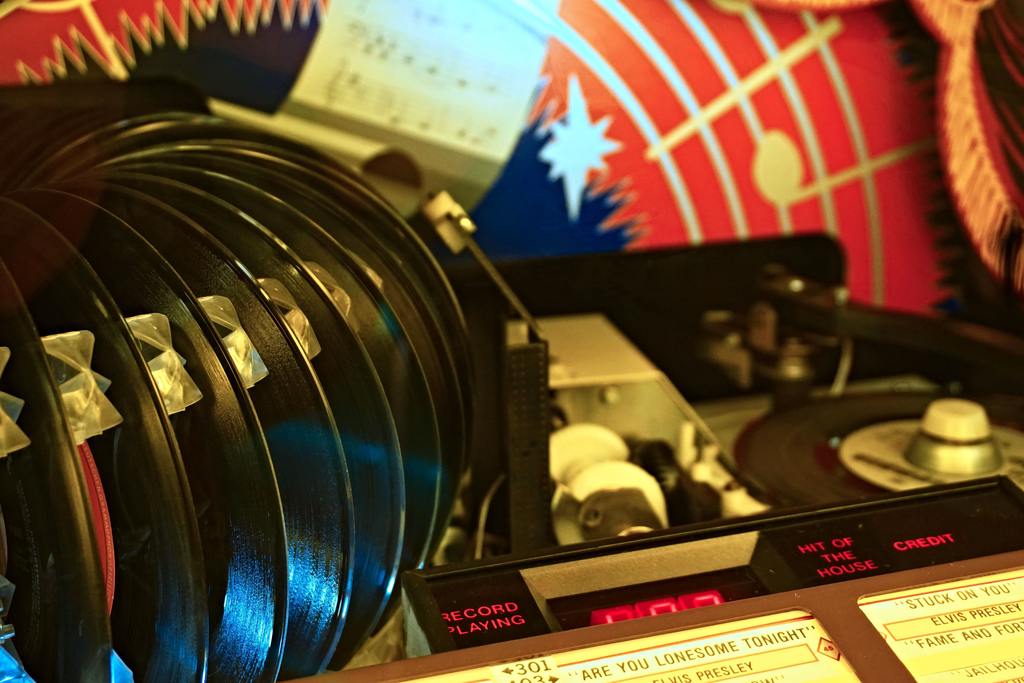
How to Handle Requests
If there is one thing guaranteed to happen during your DJ career, it’s that you are going to get requests. Those will range from perfectly sane ones to demanding to put on some Metallica during your trance set. Whatever the case, you need to be able to handle them.
Rule #1 is to be nice. Remember that you are paid to let these people have good time, and this one person actually took the trouble to come up and ask you for a particular tune.
Being nice doesn’t mean being submissive, however. If the request does make sense and may fit in into where you are taking your set anyway, then sure – say “All right, I’ll see what I can do” and then maybe do put it on after a few tunes… If you really feel it would work.
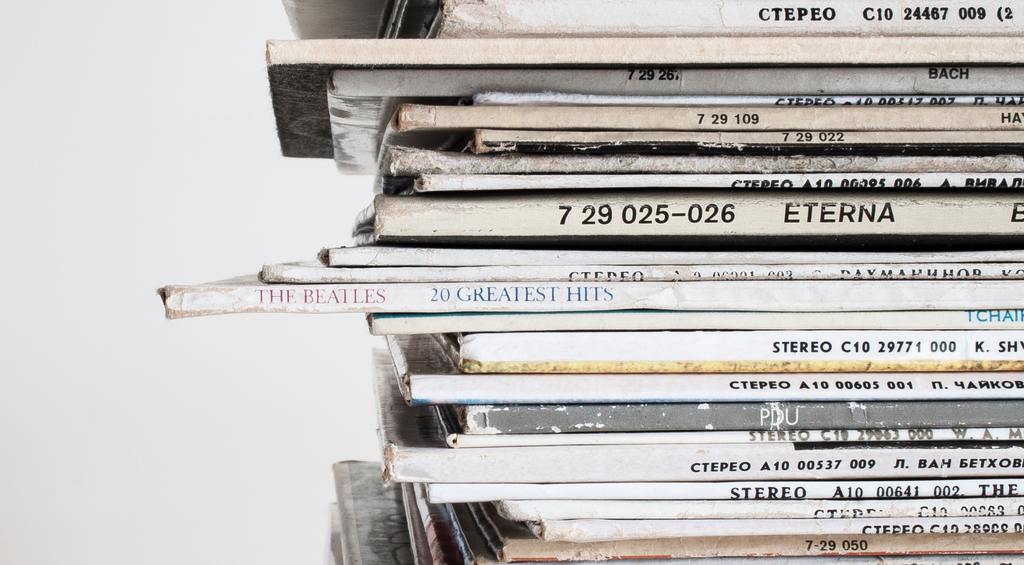
Should You Be Planning Your Sets?
If you are playing one of your first gigs in public or are otherwise outside your comfort zone, you may be tempted to plan your whole set in advance. I get it – performing live seems nerve-wrecking enough to be worrying about the tune to put on next. So should you do that?
Short answer: No, but there are different types of planning.
Long answer: As a DJ, you have to be ready to respond to the dancefloor. You never know what direction they might lead you in. By playing a pre-planned set, you may find yourself putting on records no one likes, unable to change your tune. This is where it becomes nerve-wrecking if you ask me.
What’s Your Hearing Range?
This is a fun one. We all know that the human hearing range is 20 to 20,000 Hz, right? Well, it’s also true that with age, a gradual decline starts to kick in, mostly at high frequencies. Check out the nifty test above that lets you quickly test how young your ears are.
I’m 31 and my upper limit is 14 kHz. This means that if there’s a sound higher than that in music, I simply won’t hear it. So much for the 20,000 Hz limit in my speakers!
How old are you, and what’s your hearing range? Let me know in the comment section below.
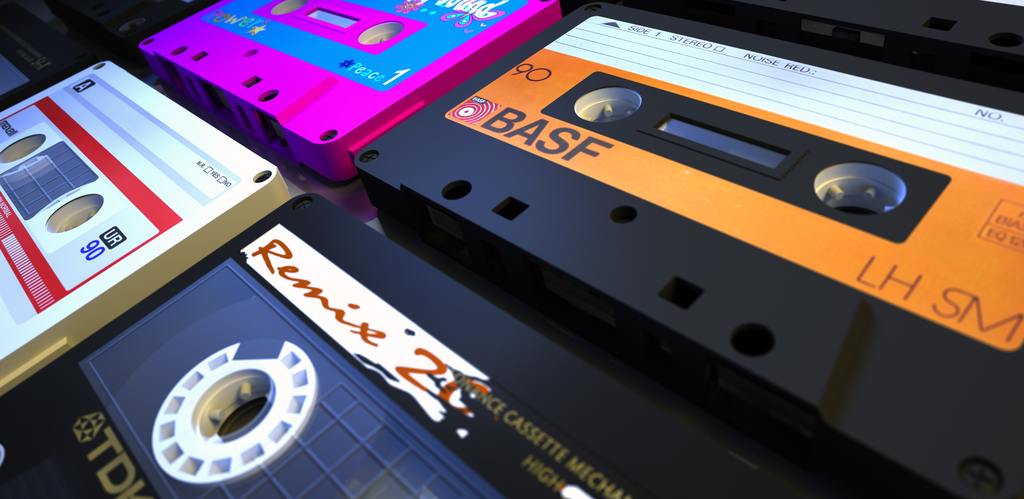
MP3 vs. WAV: In Which Format Should You Buy Your Music?
A very common question these days is whether you should be buying your music in MP3 or WAV format. And if it’s MP3, which version: 192 or 320 kbps?
A few words on WAV first. WAV is an “uncompressed” audio format and provides what’s called “CD quality sound”. In other words, you could rip a CD into a WAV file and then use that WAV to burn a bit-by-bit copy of that CD without any loss in quality. WAV tracks are more expensive, and they also take up a lot of space on your hard drive.
MP3, on the other hand, is a “compressed” format. An MP3 version of a song is obtained by taking a WAV, stripping out all of the frequencies that a human ear theoretically won’t hear anyway, and then applying some fancy compression algorithms to further reduce the file size.
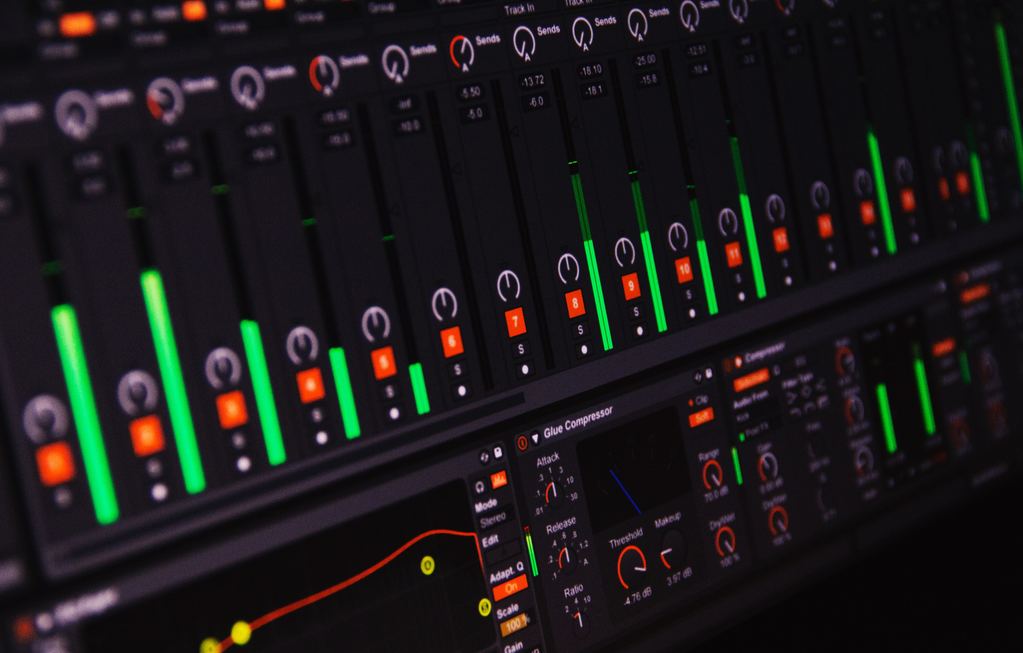
Producing: Where to Begin
I already mentioned that making your own records is the surest path to DJ fame. While I’m not a producer, I can give you a couple of pointers if that’s the path you’re ready to choose for yourself.
Unless you are a moneybag and can hire a real studio, the easiest way to get into the music production game is by doing it at home with specialized software. What you are looking for are DAW (“Digital Audio Workstation”) packages like Cubase, FL Studio, Logic Pro, Reason or Ableton Live.
A word of caution here: Internet is full of pitches for dubious “beat making” software that will let you record a hit tune overnight just by tweaking a couple of knobs. Don’t waste your money on that stuff.